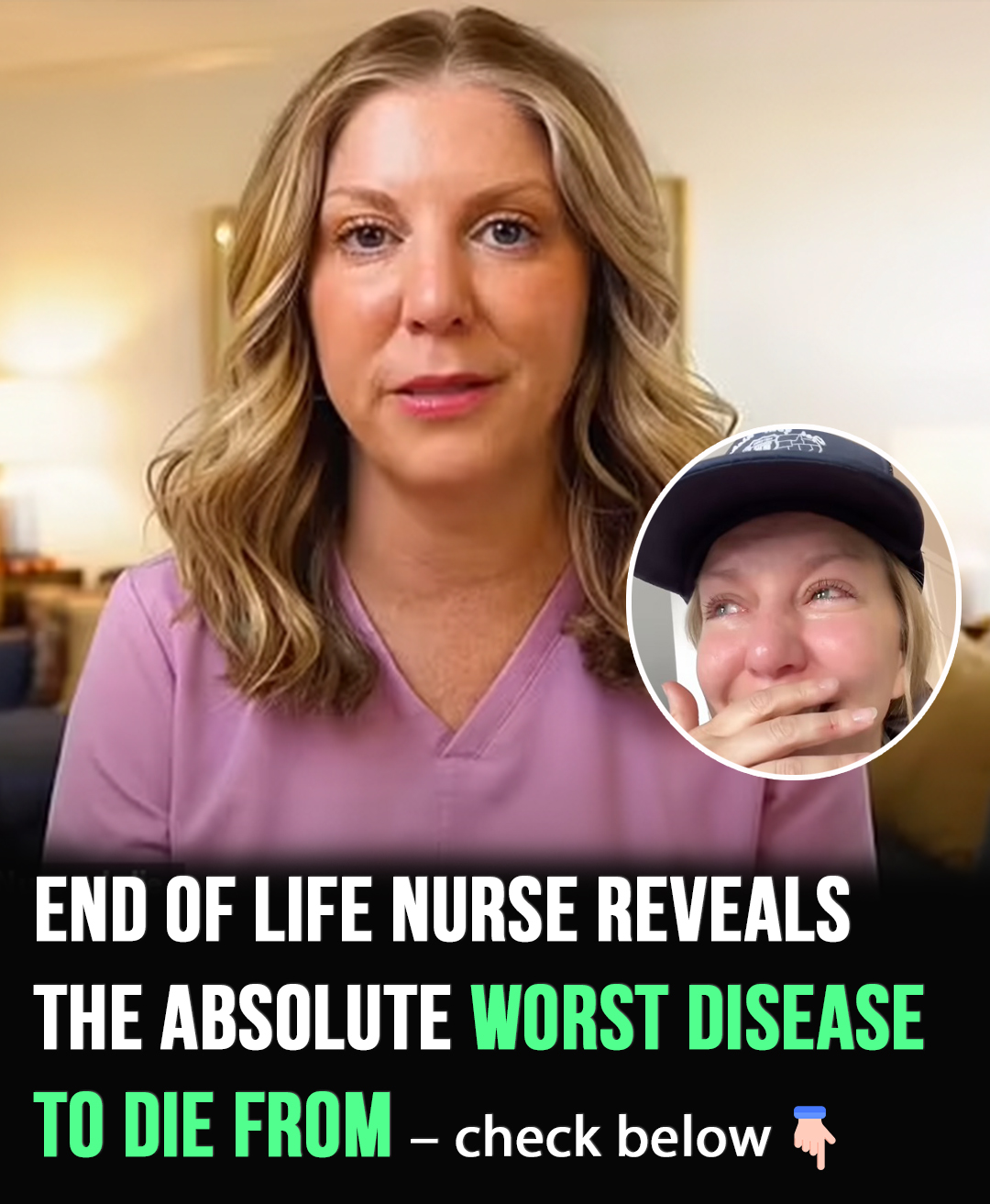End of life nurse reveals worst and best diseases to die from
Hospice nurse Julie McFadden, based on her extensive experience, identifies certain terminal illnesses as being particularly harsh. She describes ALS, or Lou Gehrig’s disease, as uniquely cruel.
This condition progressively paralyzes the body while leaving the mind completely intact. Patients become trapped within their own bodies, aware of their decline but unable to move or speak.
McFadden also highlights glioblastoma, an aggressive brain cancer, as another devastating disease. It rapidly erodes a person’s memory, personality, and motor skills.
This often results in families feeling they are losing their loved one twice: first to the cognitive and personality changes, and then to the physical death.
In contrast, McFadden points to a more peaceful end-of-life pathway. When patients with end-stage kidney disease choose to stop dialysis, the outcome is often a gentle decline.
They typically become increasingly sleepy and pass away without pain or agitation. This allows for a calm, controlled environment for final goodbyes.
McFadden’s observations aim to foster honest conversations about death and dying. Her work underscores that while death is inevitable, the extent of suffering can often be managed with informed, compassionate care.






